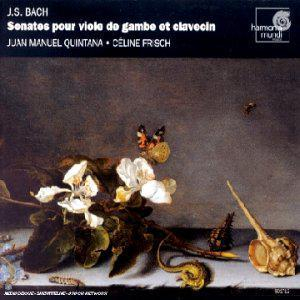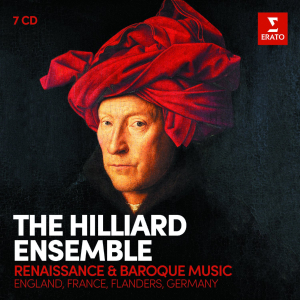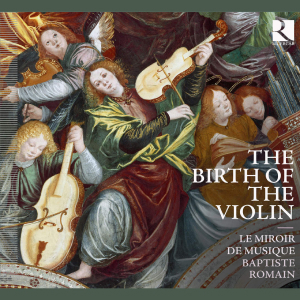Master of Art, Student


Created in 1994 by the Ministry of Culture, the Maîtres d’art – Élèves programme contributes to the perpetuation of the remarkable and rare skills of the crafts. It supports the transmission of skills that embody the excellence of art crafts, participate in the economic and cultural life of France and for which there is no longer any training. Awarded for life by the Ministry of Culture, the title of Master of Art distinguishes passionate craftsmen for the uniqueness of their know-how, their exceptional career and their involvement in the renewal of the art professions. More than a recognition, this title is the symbol of a commitment and a will to transmit. Since 1994, 149 professionals, both creators and restorers, have been appointed Maîtres d’art and 105 crafts have been honoured. Once appointed, each Master of Art has the duty to pass on his know-how to the student with whom he has been selected. For three years, his workshop becomes the privileged place of transmission.
Craig Ryder & Claire Berget, Master of Art & Student, class of 2019
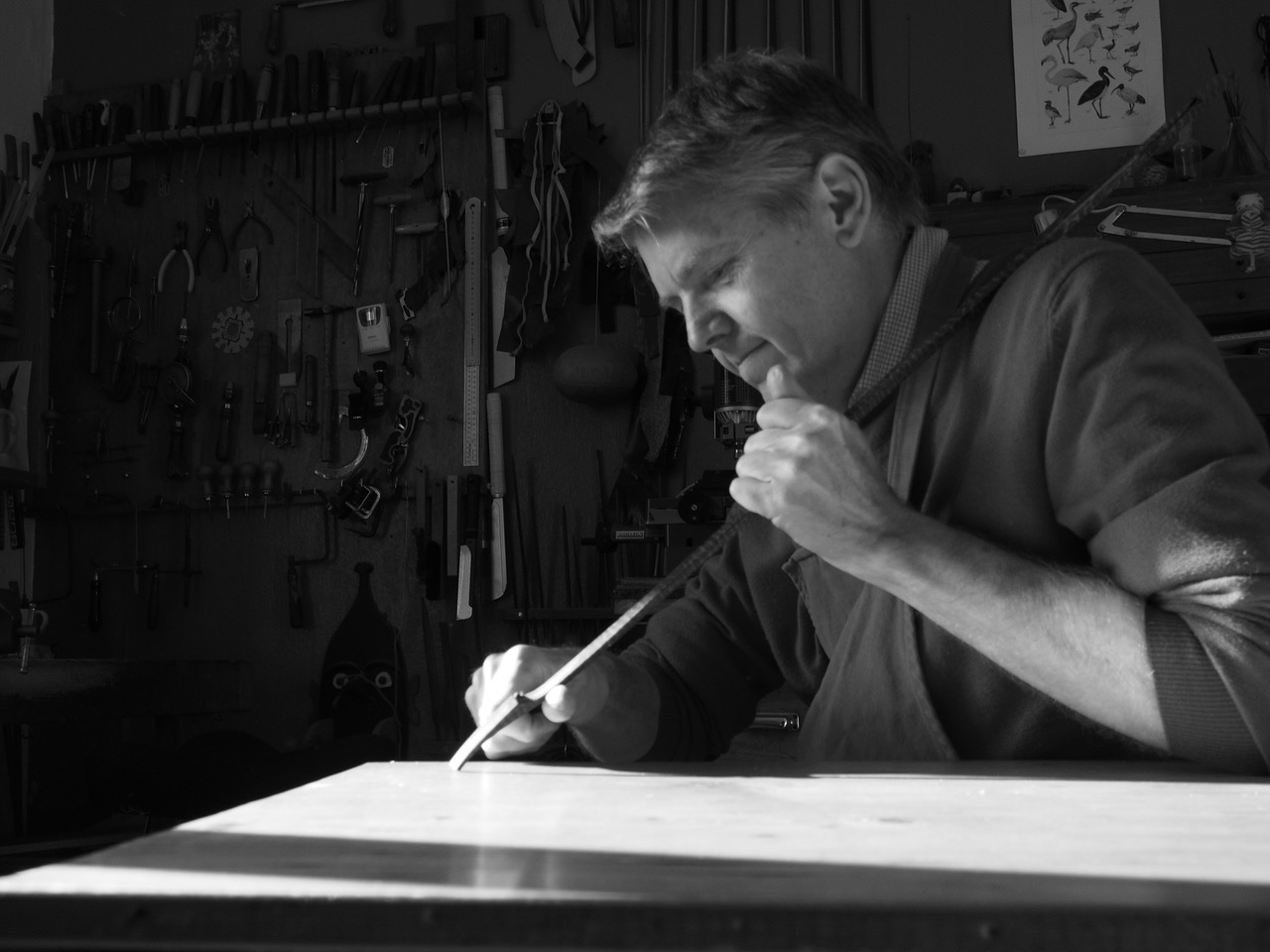

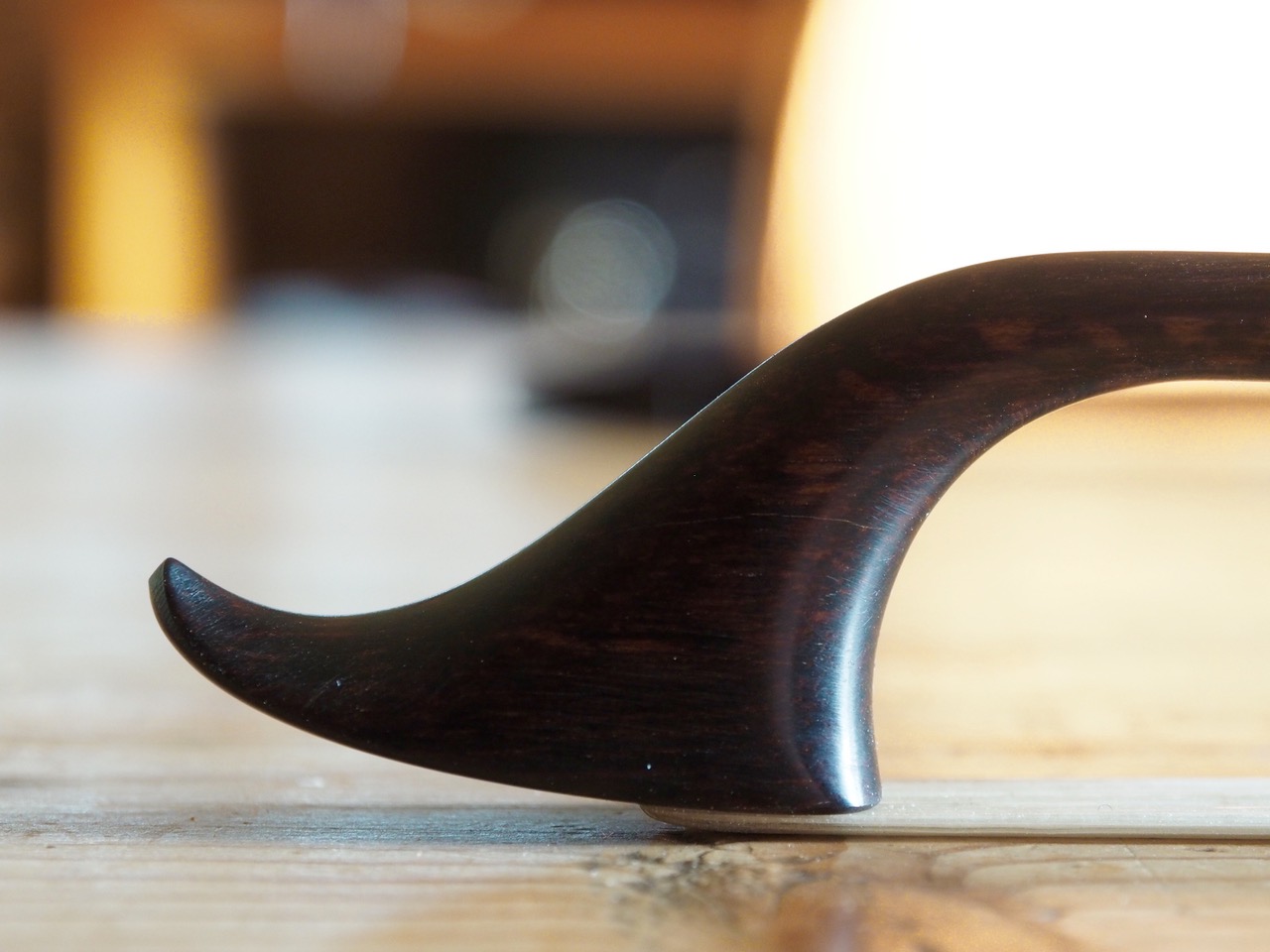
Craig Ryder’s story is linked to the turbulent history of Baroque music. A forgotten repertoire of the 17th and 18th centuries, Baroque music regained favour with European musicians and music lovers in the second half of the 20th century. It was then played on modern instruments. In the 1970s, a number of performers became interested in the way the works were played at the time of their composition and wanted to reintroduce early instruments. A few pioneers began researching and experimenting. They studied iconographic resources, ancient cabinet-making techniques and the rare baroque instruments preserved in museums in order to rediscover the forms, sounds, tools and manufacturing techniques of ancient instruments. The same attention is paid to the indispensable bow. The profession of baroque bow maker is thus a completely reinvented skill.
When Craig Ryder moved to Paris, only a handful of bow makers were interested in the Baroque period. The Master of Art was then part of the restricted circle that dared to break free from the concepts inherited from the violin making of the previous century. In a context he describes as one of “artistic ferment”, the combination of efforts produced great advances. Empirical observations were combined with the necessary intuition, and the learning process remained solitary, with many detours. The bow, despite its harmonious and balanced lines, is not an ornamental object. A true extension of the artist’s hand, it comes to life and modulates the sounds according to the player’s style. “You never really know what sound a bow is going to make until it is finished and played for the first time by the person who commissioned it,” says Craig Ryder. Ryder makes bows for conservatories and professionals – such as Jordi Savall, who helped rediscover the viola da gamba – but also for young musicians. The new generations are very curious about how to play in the past. It’s interesting to meet young musicians who are looking for a way to express themselves and then to follow them on their journey. Craig Ryder keeps all the records and templates of the bows he makes, like so many stones added to the reconstitution of a know-how that he must now transmit. Claire Berget is the next generation. Settled in Tours since 2015, she is now in search of perfection. She has dreamed of becoming a violin maker since childhood before being conquered by the bow. She shares with Craig a work that favours the infusion of gestures and trains the eye in a world of microscopic details.
More information on the 149 Maîtres d’art at https://www.maitredart.fr/.
